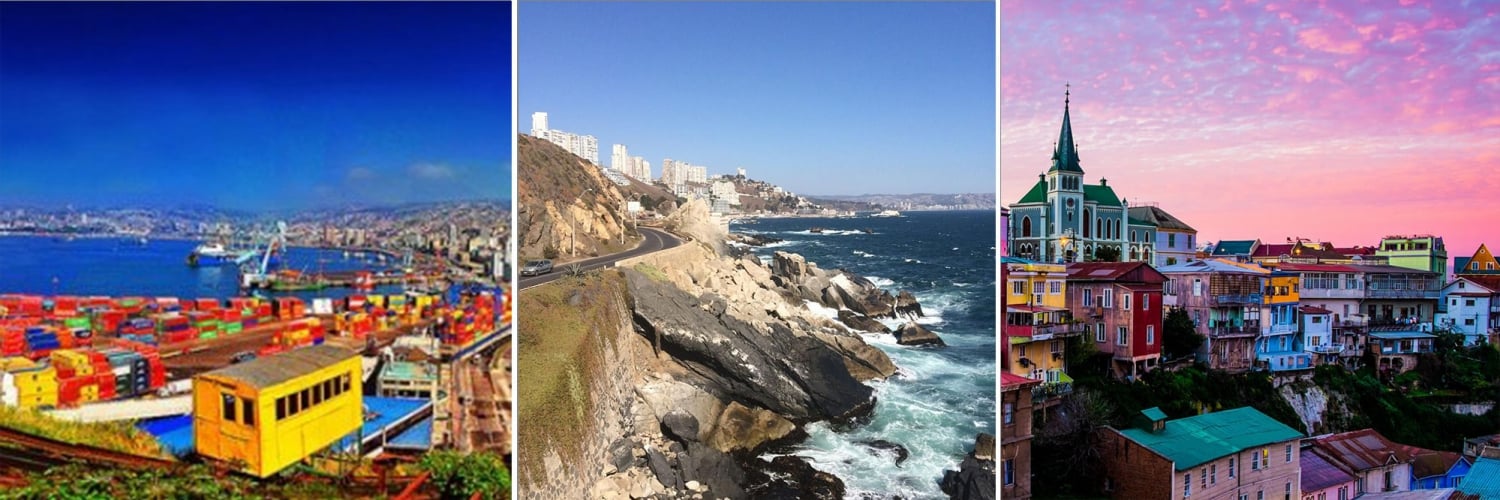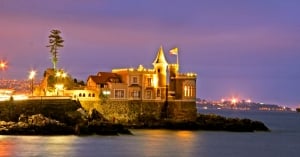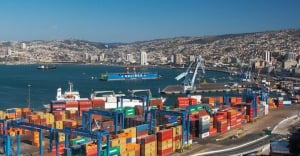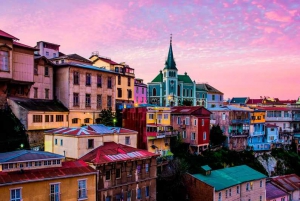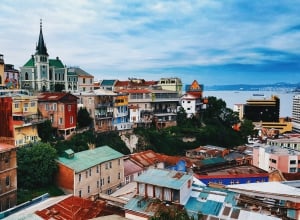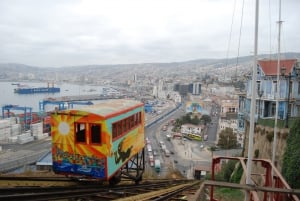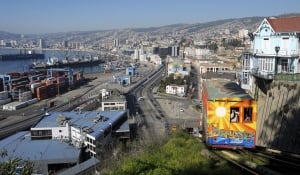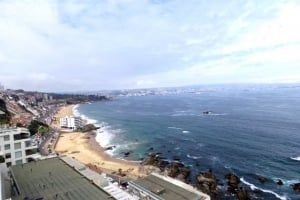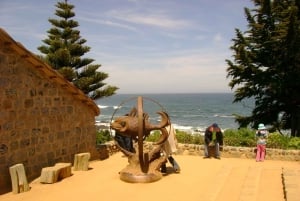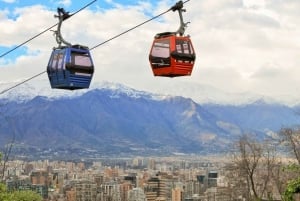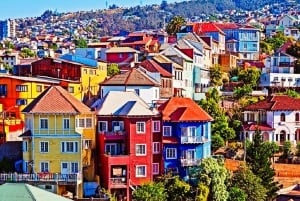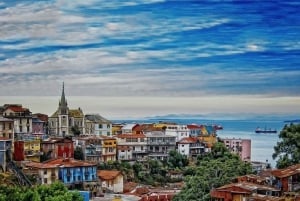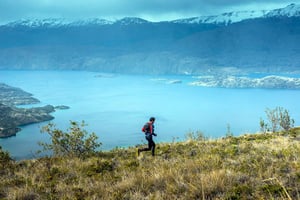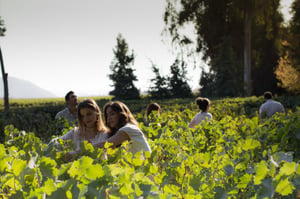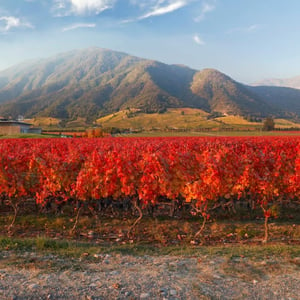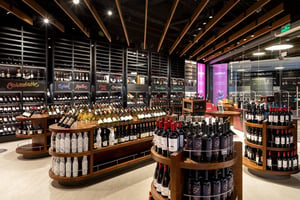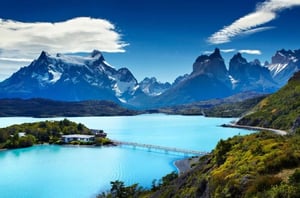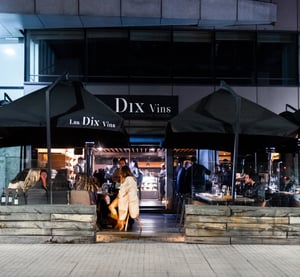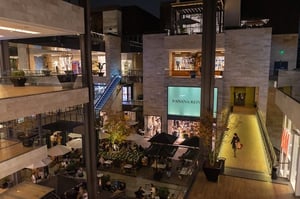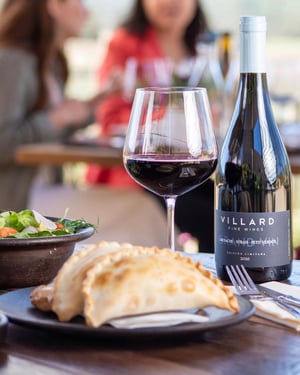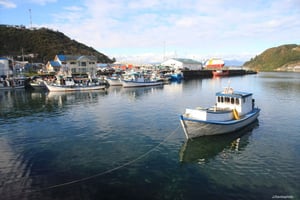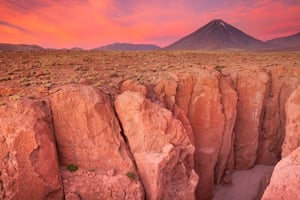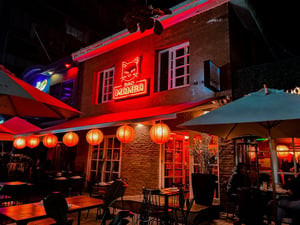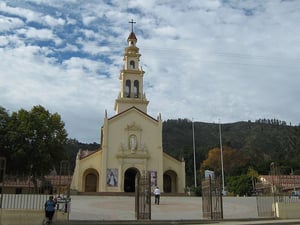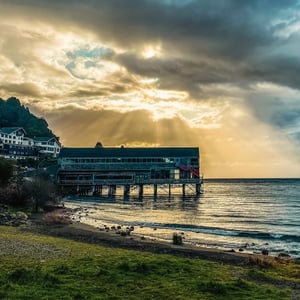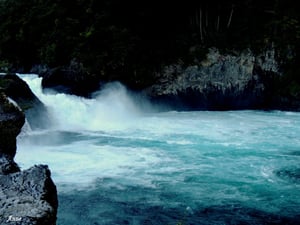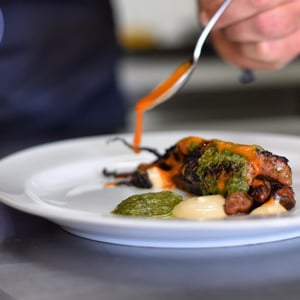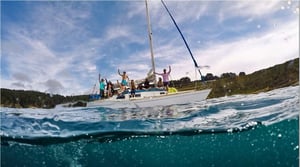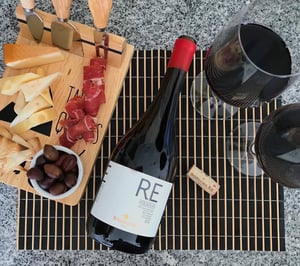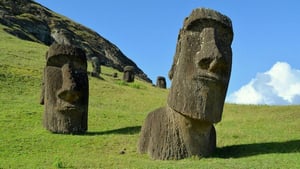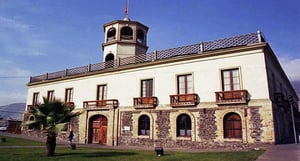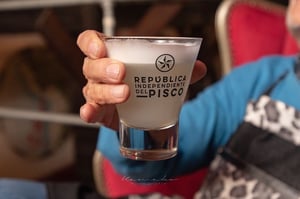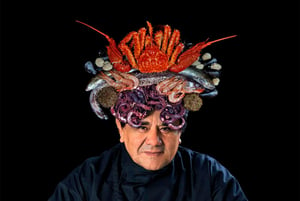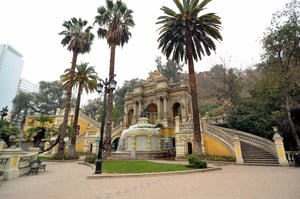Valparaiso
Producer of gastronomy and wines of high level, the region of Valparaíso is a cultural pole of Latin America to have among its icons the World Heritage City: Valparaiso
Region of Valparaíso, a tourist par excellence, with a prodigious coastline, natural parks, and a mountain range that in the winter months stands out for the snow and in the summer for its multiple paths.
Its fertile interior valleys are producers of internationally recognized wines. You will fall in love with the tremendous gastronomy of the sea present in the various coves of the region. A pole of cultural activities and cradle of great artists, which highlights the city Patrimony of Humanity Valparaiso and the Litoral de Los Poetas. It has a diverse grid of panoramas throughout the year and with the classic Casino de Juegos de Viña del Mar.
A region that captures you with its charm and countless magical corners that are waiting to be discovered. With an area of 2,780 km² and a population of 876,022 inhabitants, the Province of Valparaíso is the most populated in the Region and with the largest number of Communes.
Created on October 27, 1842, with only 3 departments (Valparaíso, Casablanca, and Quillota), today the province is constituted by 7 communes:
- Valparaiso
- Viña del Mar
- Concon
- Quintero
- Puchuncavi
- Casablanca
- Juan Fernandez
Whose territory corresponds to the Juan Fernandez archipelago, which is composed of the islands Robinson Crusoe (formerly known as Más a Tierra), Alejandro Selkirk, the Santa Clara island, and other smaller islets.
Weather
Valparaíso Region has a temperate Mediterranean climate, but with some variations. As the semiaridity is presented towards the north of the Aconcagua river, it is more humid or the coastal Mediterranean on the coast and cold in height towards the mountain range.
Both the Pacific Ocean, in general, and the Humboldt Current, in particular, great condition the behavior of the climatic elements of the region. The predominant directions of the winds, all of oceanic components and carriers of humidity, explain the constant presence of this factor in the regional climate.
The cold character of the Humboldt current determines the permanent existence of a band of low temperatures close to the coast, contributing to the decrease of continental temperatures. In general four types of climates are distinguished: Warm steppe climate Temperate climate of the Mediterranean coastal type Temperate climate of warm Mediterranean type Cold weather high
Vegetation
The classification made for Chile allows locating the V Region of Valparaíso between the limits of the so-called "mesomorphic" zone. The intermediate zone of the region is characterized by the steppe of thorny shrubs where hawthorn predominates. In the sunniest areas, which look to the north, are shrubs such as guayacán, carob, quillay, molle, and others associated with hawthorn. In the coastal zone, you can find vegetation associated with a shrub coastal shrub formed by species such as peumo, boldos, and maitenes, together with grasses and grasses.
In wetter areas like bottoms of streams, you can find litres, quilas, pataguas. About 400 and 1,000 meters above sea level, there is the so-called sclerophyllous forest. This forest is formed by arboreal species such as quillay, liter, molle, belloto, boldo, and peumo. In the hills of La Campana and El Roble communities are formed by oak forests (Nothofagus obliqua) between 800 and 900 m high.
Another important species is the Chilean palm that is found in different areas, in small communities, in the Cordillera de la Costa where La Campana National Park stands out. Its economic importance is the obtaining of palm honey and due to its great exploitation today it is in danger of extinction. In the mountain range, at 1,600 and 2,500 meters above sea level, the landscape is formed by the sub-Andean shrub-steppe adapted to the stony ground and extreme conditions of strong winds and accumulations of snow. Above 2,500 meters is the high Andean steppe, which is characterized by its squat low-height (40 cm).
Hydrography
Valparaíso Region has numerous watercourses, mainly due to its relief and rainfall. The main courses that are identified by their importance in the regional hydrographic system are the rivers Petorca, La Ligua, and Aconcagua and the mouth of the Maipo River, in the southern end of the Valparaíso region. There are also smaller hydrographic basins that are born in the Cordillera de la Costa and that are rain-fed.
Economic development
The main economic activities of the region are related to the port function of San Antonio and Valparaíso, but also agriculture developed in the fertile valleys of the Central depression (Aconcagua) and tourist activity, especially concentrated in Viña del Mar, the City Garden, a center of summer of international prestige. The industrial sector Valparaíso is the third industrial concentration in Chile, after Santiago and Bío Bío. However, the manufacturing activities of this region have lost relative weight to the benefit of the Metropolitan Region.
The heavy industry is represented by the copper smelters and the Concon oil refinery, north of Viña del Mar. The Calera has a large cement factory that uses the calcium carbonate of the region. In Valparaíso, Viña del Mar, and Quintero there is a remarkable development of the agri-food industry.
In Ventanas, Laguna Verde, Concon and San Antonio, several thermoelectric plants are located. Besides, must be added the Los Quilos and Las Vegas hydroelectric plants. The Concon refinery is one of the most important industrial centers and supplies gasoline and diesel to the entire Central Nucleus through a network of pipelines.
Agriculture
The soils of the V Region are very fertile. By irrigated land, a large part of the flatlands has been cultivated, especially fruit growing, with more than 26,000 hectares, destined to table grapes, peaches, nectarines, avocados, and nuts. Fruit production is concentrated mainly in the provinces of Los Andes and San Felipe de Aconcagua.
Quillota province especially highlights the cultivation of vegetables, among which we can mention tomatoes, green peas, granados beans, garlic, onions, artichokes, cauliflowers, chard, melons, and watermelons. The production of corn and potatoes is also important.


